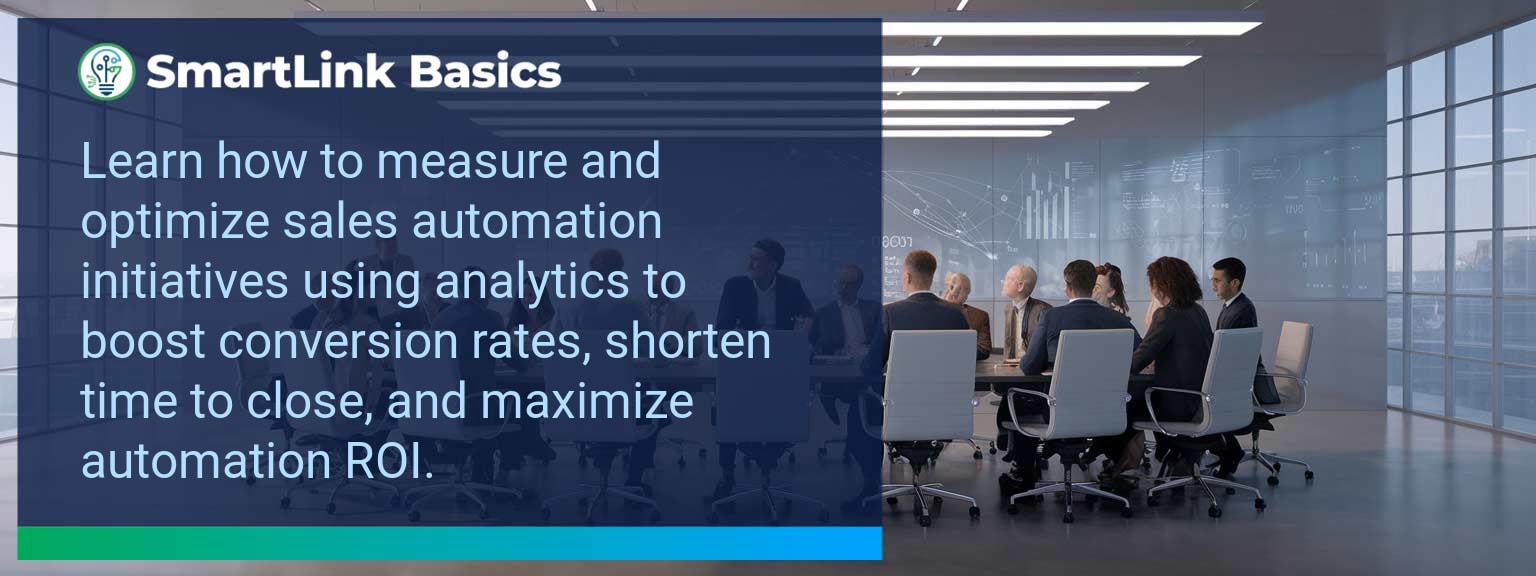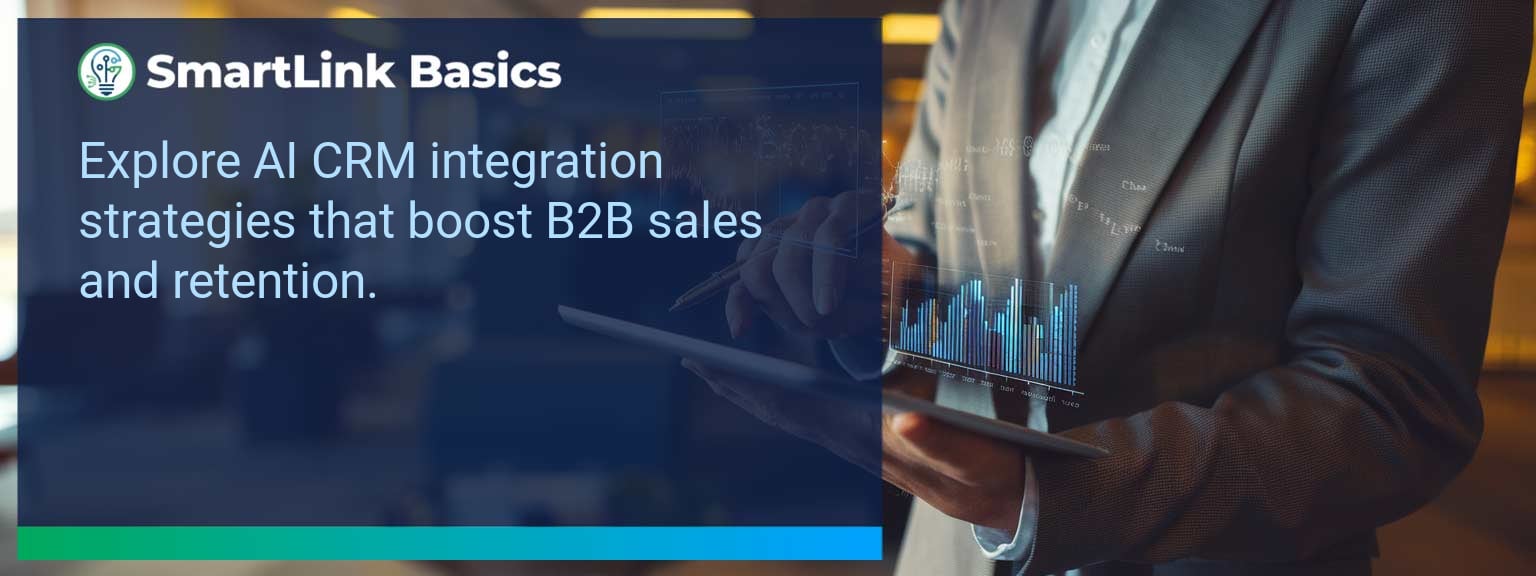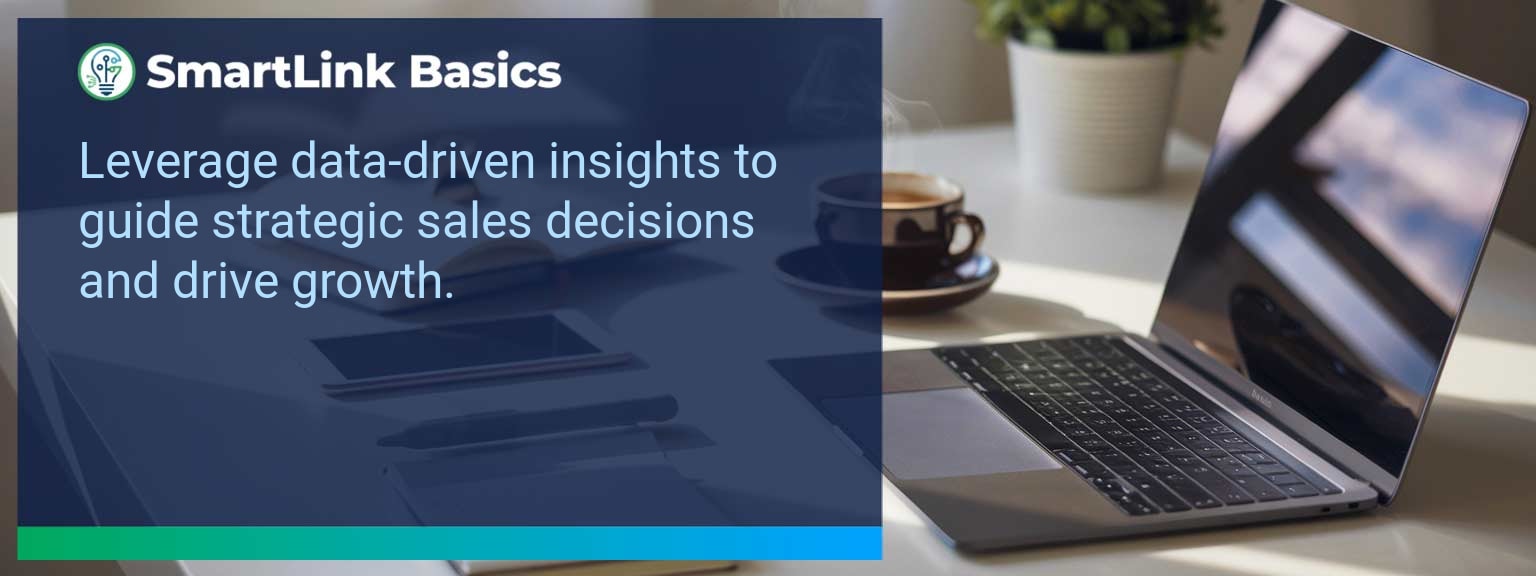Industry data shows that organizations adopting AI-driven automation achieve cost reductions of up to 30% while accelerating sales cycles by 20% or more (McKinsey, 2024). For sales leaders, AI automated workflows now define competitive advantage, enabling teams to reallocate time from repetitive tasks to high-value engagements. At SmartLink Basics, we help decision-makers implement these systems strategically, ensuring they integrate with existing revenue operations. In this article, you’ll see how AI automated workflows power business outcomes, the common obstacles that slow adoption, and practical steps to optimize processes. You’ll walk away with proven examples, a 90-day action blueprint, and measurable KPIs to track results.
- Automate repetitive administrative and CRM updates with AI.
- Integrate machine learning to personalize outreach at scale.
- Streamline approvals, quotes, and contract workflows for speed.
- Use predictive analytics to prioritize sales opportunities.
- Track adoption and performance with targeted metrics.
AI Automated Workflows: What Changed and Why It Matters
AI adoption has shifted from experimental to operational, making automated workflows a standard in high-performing sales organizations. The real advantage lies in combining workflow automation with artificial intelligence workflows to optimize every step of the revenue process. Sales leaders now use AI to synchronize touchpoints, reduce manual inputs, and ensure faster execution. For example, a B2B SaaS leader introduced automated lead enrichment and routing, cutting qualification time by 60%. Actionable insight: Audit processes for time-intensive handoffs and apply AI where repeatability is high.Redesign the Revenue Operating System With AI Automated Workflows
ICP, Segmentation, and Targeting AI-enabled segmentation uses historical wins, firmographic, and behavioral data to dynamically update ICP profiles. This ensures targeting precision without quarterly re-work. Pipeline Architecture Automated workflows push opportunities through the right stages based on engagement signals. AI flags at-risk deals for intervention. Plays and Messaging Integrated automation tools deliver personalized sequences based on buyer activity, increasing relevance at every touchpoint. Operating Cadence AI schedules follow-ups, forecast calls, and account reviews based on actual pipeline movement rather than static calendars. Actionable insight: Implement automation that adapts in real-time to both internal and buyer-driven events.Common Obstacles To Achieving Seamless Automation
The most frequent challenges are fragmented systems, inconsistent data quality, and cultural resistance. Without a unified data layer, automation amplifies errors rather than solving them. Coca-Cola Europacific Partners reported needing a full data governance upgrade before AI could improve sales workflows. Leaders must first assess infrastructure readiness and train teams to trust AI-influenced recommendations. Actionable insight: Before deployment, establish clean data practices and a single source of truth.Implementing AI To Optimize Workflows
Effective deployment of AI process optimization starts with mapping current-state processes, identifying friction points, and matching them with automation tools. For example, automating proposal generation based on CRM opportunity data can reduce turnaround from three days to one hour. Solutions combining business process automation platforms with machine learning integration enable continuous performance improvement. Actionable insight: Pilot in one high-impact stage, measure, and then expand.Tangible Benefits From Automated Processes
The benefits extend beyond time savings — sales leaders gain a scalable system. Tangible outcomes include faster quote-to-close, higher lead conversion, and better forecast accuracy. A manufacturing firm implemented AI-assisted order processing and cut errors by 40%, improving on-time delivery rates. Actionable insight: Track both speed and accuracy to measure workflow automation effectiveness.Metrics That Matter
| Category | Metric | Definition | Target |
|---|---|---|---|
| Leading | Workflow Completion Rate | % of automated sequences executed without manual intervention | 95%+ |
| Leading | AI Suggestion Adoption Rate | % of AI-generated action recommendations executed by reps | 80%+ |
| Lagging | Cycle Time Reduction | Decrease in time from lead entry to closed-won | 20%+ |
| Lagging | Revenue Per Rep | Average sales revenue generated per sales rep per quarter | +15% YoY |
| Quality | Automation Error Rate | % of workflows that trigger incorrect outcomes | <1% |
| Quality | Customer Satisfaction Post-Automation | Average CSAT score after automation implementation | ≥ 4.5/5 |
Innovations And Next Steps For AI Automation
Emerging capabilities like AI-generated playbooks, intent-driven dynamic routing, and integrated AR for virtual product demos are shaping the next wave of sales automation. Companies integrating these tools early will outpace competitors in speed and personalization. Actionable insight: Stay ahead by testing emerging automation features quarterly and aligning them with evolving buyer expectations.Get the 90-day plan, coaching rubric, and dashboard template to operationalize AI in your enablement program.
Turning AI Automation Into a Revenue Multiplier
AI automated workflows are now a strategic lever for predictable, scalable growth. This guide outlined current applications, adoption challenges, a 90-day execution plan, and measurable success criteria. To make automation pay off, sales leaders should integrate tools into one cohesive operating system and review results monthly for continuous improvement. Access more AI-driven sales enablement resources from SmartLink Basics to design a high-performance automation strategy. Effective sales leadership accelerates both personal growth and team performance. At SmartLink Basics, we see consistent patterns: leaders who develop themselves set a performance tone that ultimately shapes the culture, processes, and results of their teams. This dynamic matters because sales growth is rarely sustained through process improvements alone—it thrives when leadership drives a mindset of constant professional development. In this article, we will explore the synergy between self-improvement and professional development, outline common obstacles, share tested strategies for alignment, and present measurable ways to track results. Sales leaders will gain practical frameworks to strengthen sales team management, refine sales growth strategy, and embed leadership skills that lead to long-term business development.- Strong sales leadership begins with the leader’s own skill growth.
- Personal development directly influences team motivation and execution.
- Clear sales growth strategy aligns with consistent coaching and feedback.
- Removing structural and cultural barriers accelerates development.
- Integrated growth plans improve both revenue and team retention.
What Changed And Why It Matters Now In Sales Leadership
The role of the sales leader has evolved from top performer oversight to strategic talent architect. Buyers are better informed, competition moves faster, and sales teams must adapt in real time. In this environment, leadership skills require continual upgrading—tech adoption, advanced sales coaching, and sharper targeting decisions. One example is a SaaS sales director who revises her skill set quarterly, learning new analytics tools and updating her pipeline review process. Leaders who make self-improvement visible signal to teams that growth is a shared value. The actionable step: schedule personal development into the leadership calendar with the same priority as revenue meetings.Obstacles That Hinder Sales And Development
Even skilled sales leaders face recurring barriers. Misaligned incentives can prioritize short-term wins over skill development. Overloaded schedules strip away time for strategic coaching. Inconsistent communication undermines performance improvement initiatives. For example, a regional manager who spends 90% of their week on forecasting reports often lacks bandwidth for frontline coaching sessions. Leaders should identify and remove at least one systemic block each quarter. The key is committing to a sustainable cadence where both revenue targets and development plans get attention.Strategies To Align Leadership With Team Growth
Effective alignment starts with clear role modeling. When leaders demonstrate continuous learning—attending workshops, seeking feedback, implementing new practices—teams follow suit. Integrating leadership training with sales team management processes ensures growth is embedded into operational rhythm. For instance, including a five-minute skills reflection in every pipeline review reinforces improvement as a standing agenda item. Actionable move: link development goals to sales growth strategy metrics, such as win rate improvement or faster onboarding time.Positive Outcomes From Integrated Development
When self-improvement and professional development run in parallel, sales teams see measurable gains. Revenue cycles shorten, morale climbs, and skill depth increases across roles. A B2B manufacturer, for example, tied leadership coaching to a new account management process and achieved a 15% increase in renewal rates within six months. The take-away is that sales motivation rises when leaders and teams share the same growth path.Evolving Leadership For Sustained Success
Sustained sales success requires leaders to anticipate shifts—not just respond to them. This means keeping pace with market demands, customer expectations, and internal performance data. Leaders should use quarterly retrospectives to assess both business development metrics and personal skill gaps. Continuing this cycle fosters a culture where improvement is continuous, not episodic.Metrics That Matter
| Category | Metric | Definition | Target |
|---|---|---|---|
| Leading | Coaching Hours per Rep | Average monthly time invested in 1:1 skill coaching | 4 hours |
| Lagging | Quarterly Revenue Growth % | Percentage increase in sales revenue vs. previous quarter | 8%+ |
| Quality | Team Retention Rate | Percentage of sales team members retained annually | 90%+ |
Get the 90-day plan, coaching rubric, and dashboard template to operationalize AI in your enablement program.









